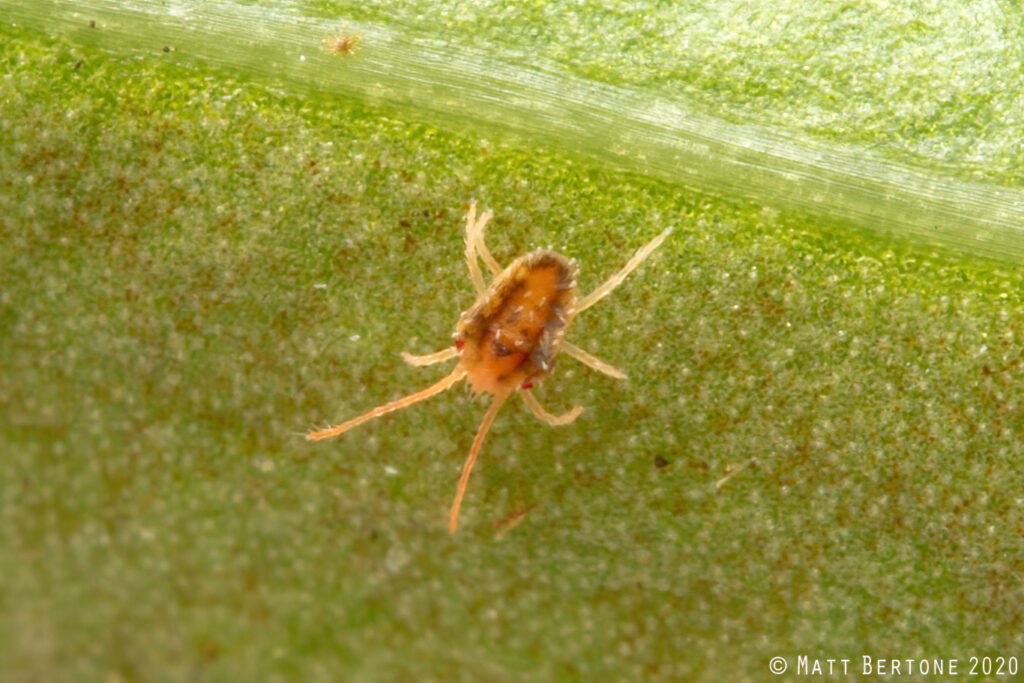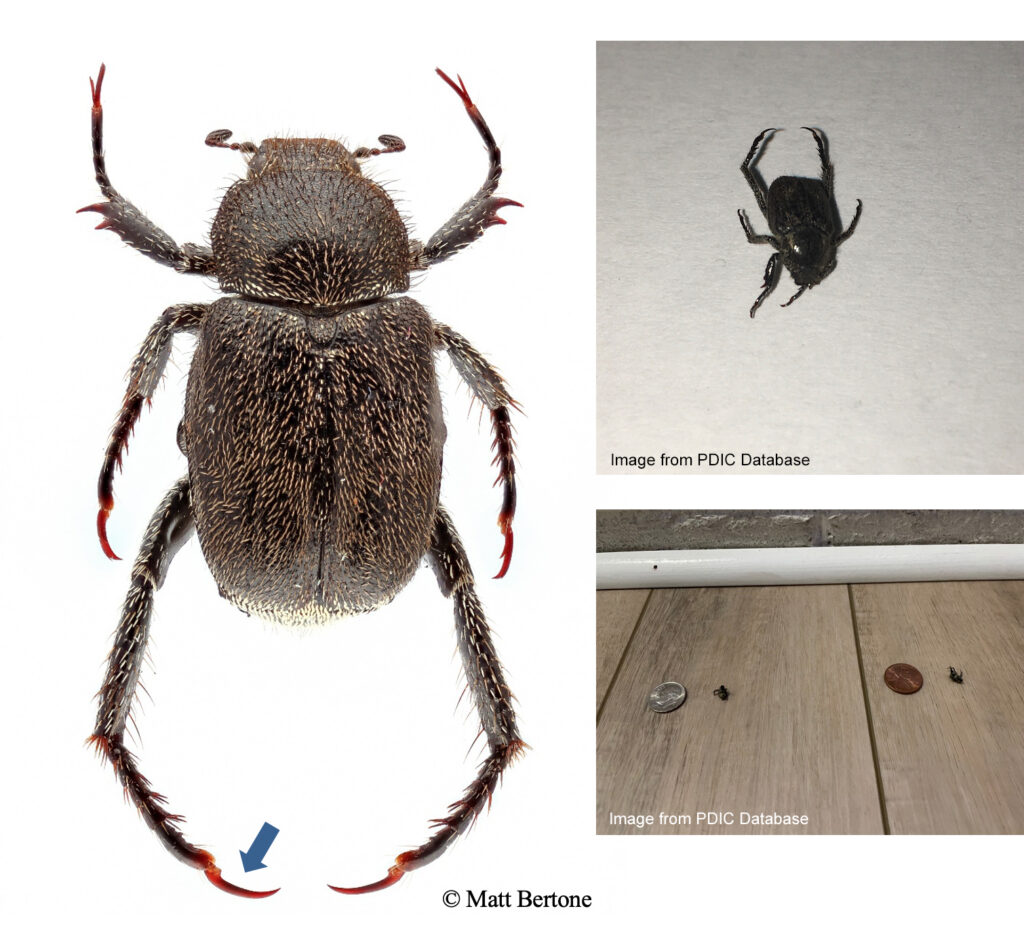Watch Out for These (Arthropod) Spring Home Invaders
go.ncsu.edu/readext?785984
en Español / em Português
El inglés es el idioma de control de esta página. En la medida en que haya algún conflicto entre la traducción al inglés y la traducción, el inglés prevalece.
Al hacer clic en el enlace de traducción se activa un servicio de traducción gratuito para convertir la página al español. Al igual que con cualquier traducción por Internet, la conversión no es sensible al contexto y puede que no traduzca el texto en su significado original. NC State Extension no garantiza la exactitud del texto traducido. Por favor, tenga en cuenta que algunas aplicaciones y/o servicios pueden no funcionar como se espera cuando se traducen.
Português
Inglês é o idioma de controle desta página. Na medida que haja algum conflito entre o texto original em Inglês e a tradução, o Inglês prevalece.
Ao clicar no link de tradução, um serviço gratuito de tradução será ativado para converter a página para o Português. Como em qualquer tradução pela internet, a conversão não é sensivel ao contexto e pode não ocorrer a tradução para o significado orginal. O serviço de Extensão da Carolina do Norte (NC State Extension) não garante a exatidão do texto traduzido. Por favor, observe que algumas funções ou serviços podem não funcionar como esperado após a tradução.
English
English is the controlling language of this page. To the extent there is any conflict between the English text and the translation, English controls.
Clicking on the translation link activates a free translation service to convert the page to Spanish. As with any Internet translation, the conversion is not context-sensitive and may not translate the text to its original meaning. NC State Extension does not guarantee the accuracy of the translated text. Please note that some applications and/or services may not function as expected when translated.
Collapse ▲Note: This post was originally published March 2021, and updated March 2023
Insects and other arthropods are feeling the warm weather and waking up for spring. Bees, social wasps, bugs, flies, ants, and other critters are getting busy with their 2021 plans. That means lots of the activity outdoors that sometimes continues indoors.
The NC State University Plant Disease and Insect Clinic has received a few samples of two of these invaders, species that may not be familiar to folks. Luckily neither are dangerous nor long-term visitors.

An adult clover mite (Bryobia sp.). These small mites are somewhat flattened with long front legs and a mottled green/orange body covered in scales.
The first is a type of mite I wrote about a while ago during one such year: clover mites (Tetranychidae: Bryobia sp.; above). These small arachnids are cousins of the more familiar spider mites and also feed on plants. They are most active in spring and fall, sometimes in mass numbers around yards where they crawl inadvertently into homes. When people see them they may get frightened and squish them, producing a blood spot. Fear not, though: this is the poor mite’s blood as they do not bite humans or other animals.
Clover mite infestations typically only last a short time (few weeks) and the mites can be simply vacuumed up. They require some humidity, so they are often found dead in homes or perish quickly, due to being dryer than the outdoors. For information about the control of these mites in lawns, please see our fact sheet on clover mites.

The “dark Hoplia” (Hoplia trivialis), a spring-active scarab beetle that sometimes enters homes. Note the dark brown/black body covered in hairs and pale scales. The single large claw on the hind legs (arrow) is diagnostic for this genus. Inset images show photos submitted of these beetles indoors.
The second invader is a type of scarab beetle, called the dark Hoplia (Hoplia trivialis) or monkey beetle (above). These smallish, dark beetles are covered in hairs and have a single massive claw on each hind leg (diagnostic for this genus in North America). They overwinter as larvae and pupate early in the spring. Adults emerge and will visit flowers and plants to feed, but are not considered a plant pest.
We have had several samples over the years (two this week) regarding these beetles entering homes. What’s even more interesting is that a few of the situations involved them coming in chimneys. Why they do this we’re not sure, but just like the mites, these nuisance invaders are harmless, sporadic, and ephemeral. We do not recommend any chemical sprays for these beetles as there is no predictable site of application and homeowners can easily remove the beetles safely from their home using a vacuum or collecting them otherwise to return to the outside.
Update (March 2023):
The client who contacted us with dark Hoplia beetles coming in the chimney reported that it was happening again, and even recorded the following video:
The swarming of the chimney is undeniable, but what’s causing the beetles to be attracted to it? Perhaps a chemical?
I turned to scarab expert Dr. Art Evans to see if he had any ideas. Of course his expertise was enlightening:
“This species often engages in early spring mating swarms around prominent features on the landscape. I’ve seen them swarming on isolated small pines and church signs. I suspect that this is the case here, too.”
Many insects use distinct landmarks to gather around and find mates of the same species. Apparently this chimney is popular with the local population…the beetles from last year must have told their larvae where to go ;)


